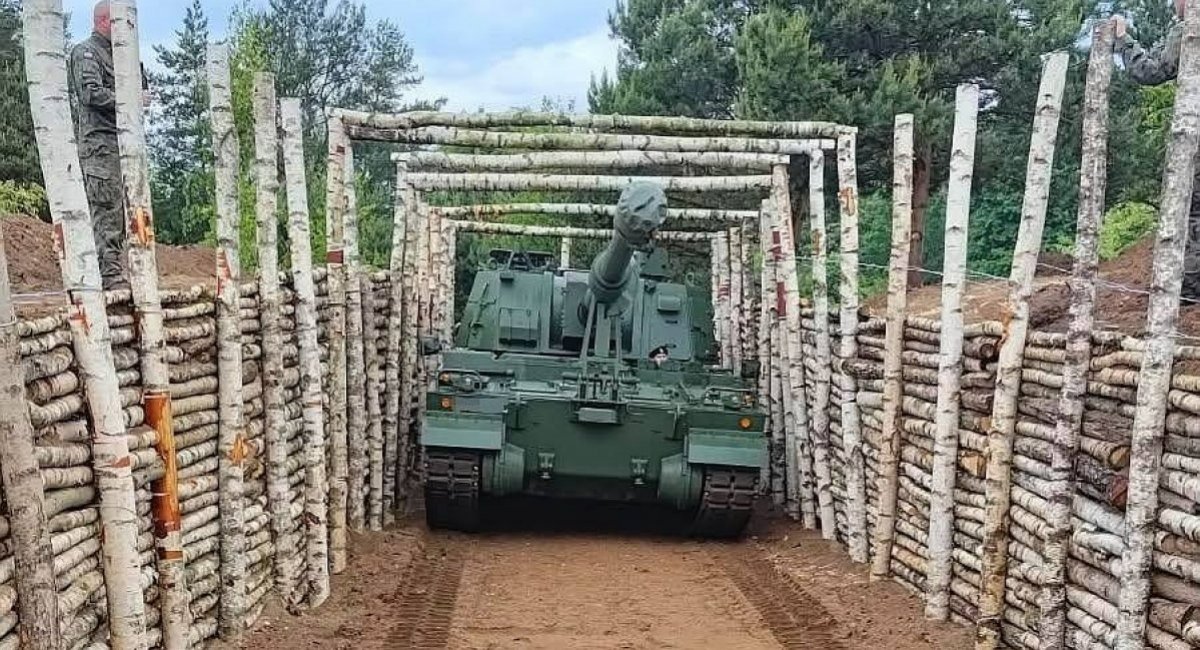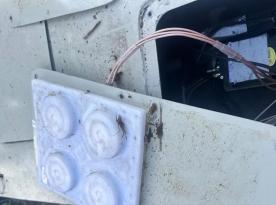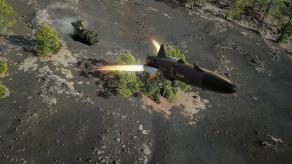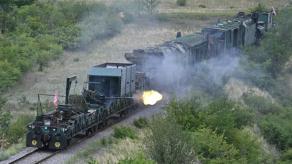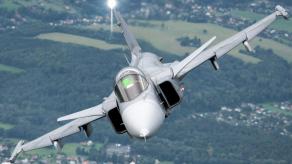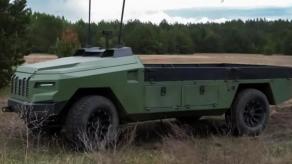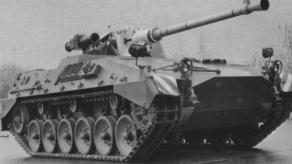Photos, published the other day by the 1st Mazurska Artillery Brigade (and deleted soon afterwards), show how the Polish Army applies the lessons learned from the ongoing war in Ukraine to defending its borders from potential armed aggression. Particularly interesting here is how the Polish military set up the fortified positions for their Krab and K9 artillery systems.
The engineering works are part of a broader East Shield initiative stretching for 700 km along its eastern border in response from the growing threat of invasion from russia and belarus.
Read more: Ukrainians Training on GTK Boxer in Germany Hints at Delays in RCH 155 Supplies
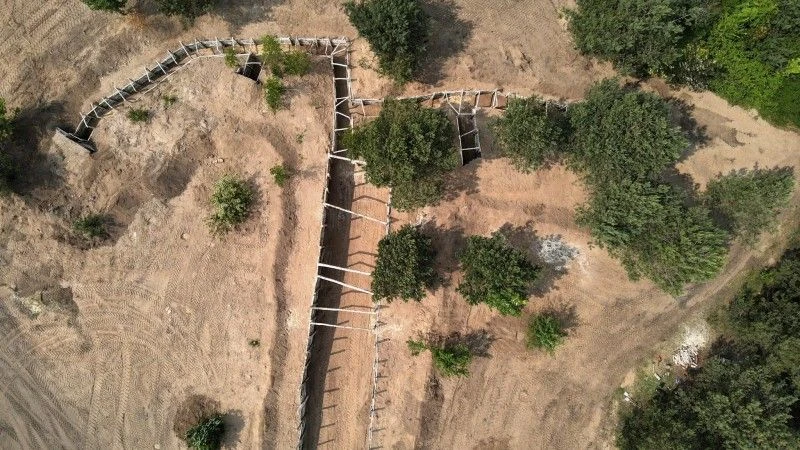
The images show a closed firing position for self-propelled guns with a wide entrance. To protect against strikes by bomber and kamikaze drones, all infantry and artillery trenches and firing positions were outfitted with frames to support deployment of ordinary protective or camouflaged nets.
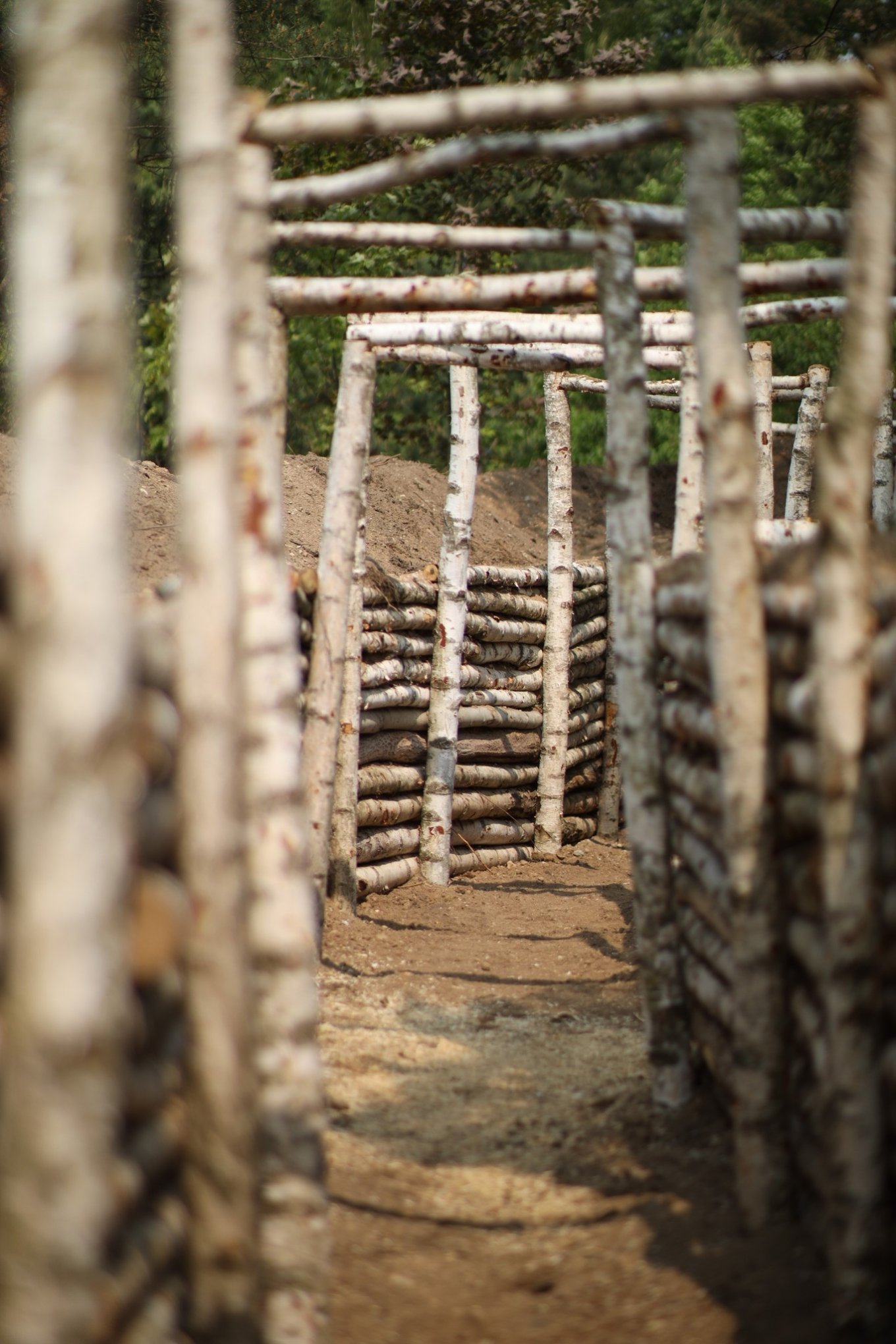
Originally, the point behind self-propelled artillery development was to produce a system that can shoot-and-scoot: quickly arrive on a firing spot, launch a strike and fall back before it comes under return fire. However, the practice of the russo-Ukrainian war has shown that nowadays, howitzers are very vulnerable to attacks by suicide drones, which are now supplanting the function of conventional artillery in counter-battery warfare. Especially with the advent of drones on fiber-optic cords that have a greater range than modern artillery systems.
In other words, the guns are under constant threat of UAV attacks, meaning they can no longer work and move so freely without being noticed and struck. Against this background, there's a rise in popularity of deep-rooted, visually hidden firing positions covered by anti-drone nets. Earlier, we covered, for example, how the russian forces bury their 2S5 Giatsint-S guns into the ground.
But, judging by the published photos, it seems that Poland did not fully understand the concept behind creating such fortifications, because they should be hidden — instead, they deployed it out in the open without utilizing the surrounding greenery. Though worth noting that it was just an exercise and field tests in preparation to develop better and more elaborate fortifications over time and deploy them en masse as part of implementing the East Shield project.
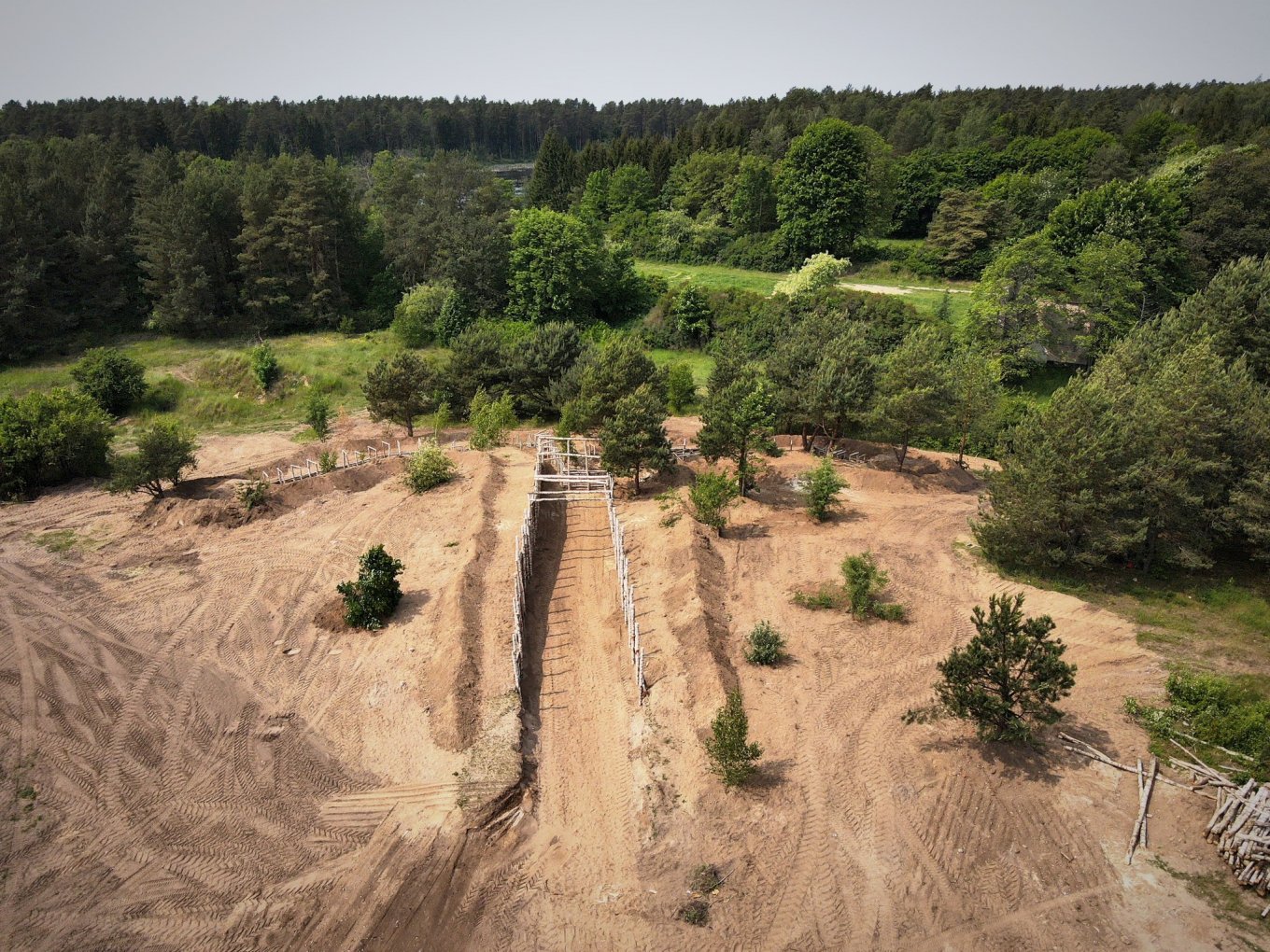
Read more: Poland Tests Interesting 300-mm Carrier Rocket That Reached Altitude of 100 km, Can Then Become an Air Defense Weapon




